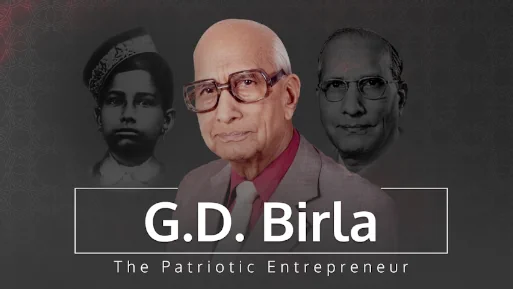Break-even eludes More, expansion on track
26 September, 2013 | Business Standard
ShareRaghavendra Kamath
Business Standard
26 September 2013
Losses narrow to Rs 510 cr; retail chain to launch 46-58 stores every year
Mumbai: Aditya Birla Retail Ltd (ABRL), retail arm of the Aditya Birla Group, had been eyeing break-even in 2012-13, the sixth year of its operations. But that milestone remains elusive, with the retailer, which runs hypermarkets and supermarkets under the More brand, posting losses of Rs 510 crore last financial year, according to disclosures made with the registrar of companies.
Though losses fell marginally from Rs 535 crore in 2011-12 and net sales rose eight per cent to Rs 1,037 crore against Rs 962 crore in 2011-12, analysts say More’s focus on supermarkets is delaying break-even. ABRL runs 513 supermarkets and 15 hypermarkets, with an area of about two million sq ft across 60 cities.
Despite elusive profits, it has no plans to slow expansion. It is considering launching six-eight hypermarkets and 40-50 supermarkets every year. Pranab Barua, the group’s business director (apparel &retail business), says the retail chain has focused on profitable growth and this has reduced operating losses about 30 per cent.
“Some of the key factors that have impacted our profitability include improvising our margins. Moreover, we have done considerable work towards enhancing in-store consumer experiences in the business and laying a solid foundation for strengthening our supply chain,” he says, adding More was already making profits at a network level for both the formats.
More isn’t alone in struggling for profits. Other retail giants that entered the fray around the same time are also bleeding. Spencer’s Retail, an RP-Sanjiv Goenka Group company, which opened stores under the Spencer’s brand in 2006, recorded a net loss of Rs 2,091 crore in 2012-13 against Rs 2,554 crore in 2011-12. In the same period, Spencer’s sales rose to Rs 13,470 crore from Rs 12,063 crore. The company aims to record Ebitda (earnings before interest, tax, depreciation and amortisation) break-even in the third quarter of 2013-14. Sunil Mittal’s Bharti Retail, which opened stores in February 2007, recorded accumulated losses of Rs 1,522 crore in 2012. During 2012, revenue rose to Rs 1,581 crore, against Rs 1,021 crore in 2011.
The only exception was Reliance Retail, which opened its first store in October 2006, when the Birla group entered the retail business. Reliance Retail posted profit before depreciation, interest and tax (Pbdit) of Rs 78 crore in 2011-13. In the June quarter of 2013-14, the chain became the largest retailer in the country, with a revenue of Rs 3,474 crore and operating profit of Rs 70 crore, beating Kishore Biyani’s Future Retail (revenue of Rs 2,217 crore).
The Aditya Birla Group had made a big-bang retail foray, acquiring 172 store-strong South-based retail chain Trinethra Super Retail in 2007. Though Birla had plans to set up 1,000 stores at an investment of Rs 9,000 crore by 2010, the slowdown upset its calculations. Left with unviable stores and dwindling sales, the chain shut about 100 loss-making stores in 2009 and 2010, and an additional 40 last year. Barua defends this, saying the team was “focused on qualitative growth, not just quantitative growth”.
Abneesh Roy, associate director (institutional equities and research), Edelweiss Securities, says, “Small neighbourhood stores in organised retail have not done well. They are not able to compete with kiranas. If you look at Reliance, they follow a different model, where they are focusing on hypermarkets and cash-and-carry stores now… retail players should look at hypermarkets and cash-and-carry stores seriously.”
A top executive of a large corporate group which competes with Birla Retail, says “I think they are finding it difficult to see a turnaround with pure grocery play. The Pantaloons chain they acquired is in a different basket. If you look at Reliance, they have a combination of jewellery, durables, value, cash and carry and others which is adding value.”
“Even if electronics and jewellery grow during festivals, they will help in a big way,” he said.
Devangshu Dutta, chief executive of Third Eyesight, a retail consultant, says “for the last 15 to 18 months, business conditions were bad due to inflation, slow economy and others which have led to poor consumer demand. This financial year will also be tougher. Secondly, they are also facing supply side issues. Input costs of fuel, employees and others have shot up. When store level productivity is down, corporate level productivity will also be down,” Dutta adds.
Barua, however, is confident that , 'more' will see double-digit growth this year too.






